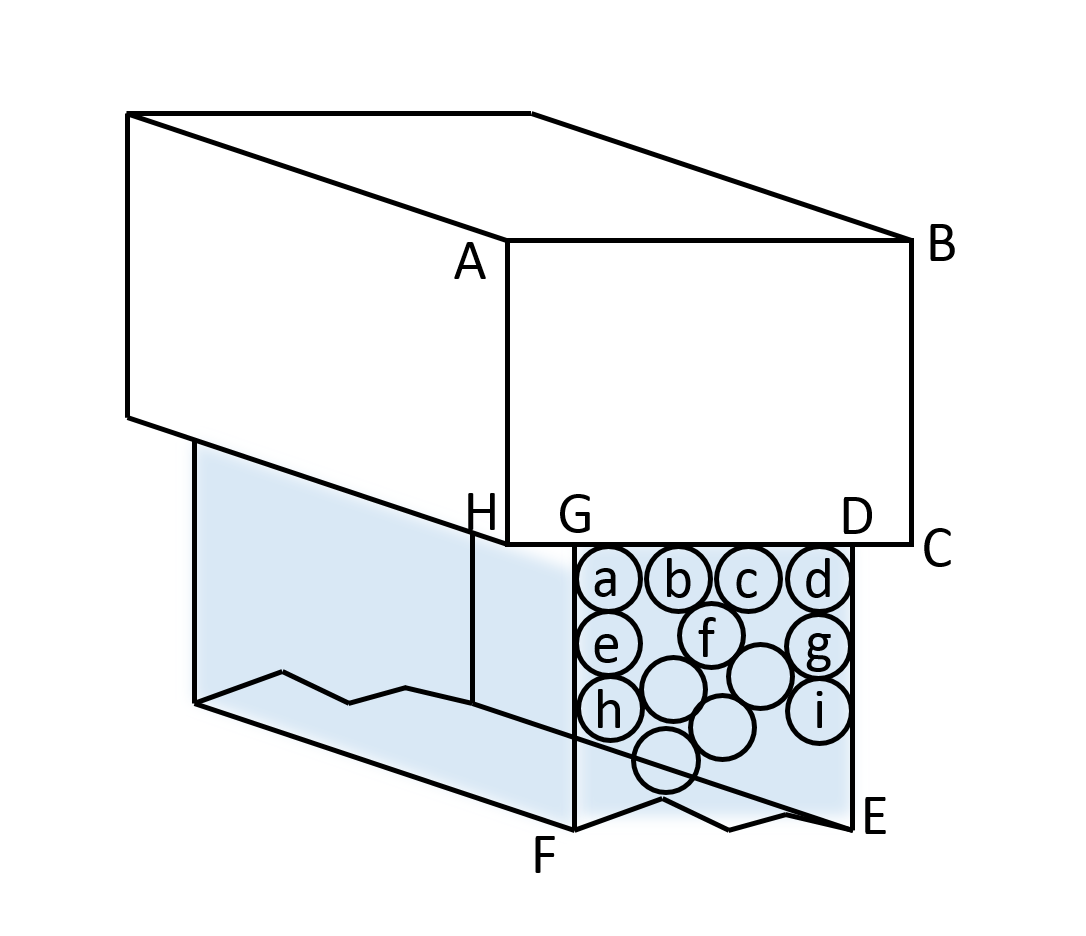According to Wikipedia on the surface tension of a thin film: $$ \gamma = \frac{1}{2} \frac{F}{L}$$ Where $\gamma$ is the surface tension, $L$ is the length of the movable side and $F$ is the force required to stop it from sliding. (Please refer to the picture of a thin film below, also from Wikipedia)
Why is there a $1/2$ factor included in the equation? Some books said it's because there are two layers of the liquid. But in the case of a thin film, shouldn't there be only one layer? (i.e. one molecule thick). My current understanding is that there are supposedly two layers and each layer exerts an equal amount of force and thus the $1/2$ factor.
EDIT
Here is a picture to clarify what I am thinking (although it doesn't exactly depicts a "thin" film.) It shows a huge magnification of the cross-section around the boundary between the movable rod and the liquid.
$ABCH$ is the cross-section of the movable rod and $DEFG$ is the cross-section of the liquid. The circles in the liquid are liquid molecules, named as lower case letters for the sake of conversation.
Now lets consider molecule $f$ for instance. It stays static because there is a balance of cohesive forces in every direction. Molecules on the liquid surfaces such as $a$ and $d$, however, experience a net downward liquid-cohesive force and therefore must be balanced by the adhesive force from the movable rod, resulting in surface tension. Each line of molecules (along $a$ and $d$) exerts a pulling force of $F=\gamma L$. There are two lines of molecules so $F = 2 \gamma L$.
However, molecules $b$ and $c$ also experience net downward liquid-cohesive force and therefore must be balanced by the adhesive force from the movable rod, resulting in a pulling force exerted by molecules $b$ and $c$ on the movable rod. Therefore $F$ no longer equals $2 \gamma L$ but equals $4 \gamma L$ in this case.


